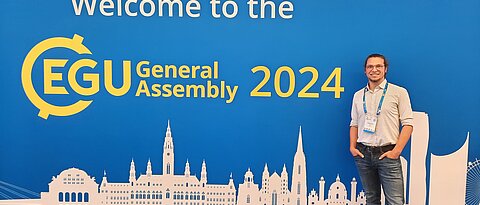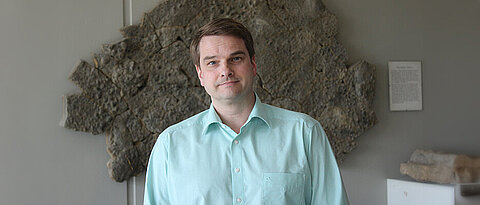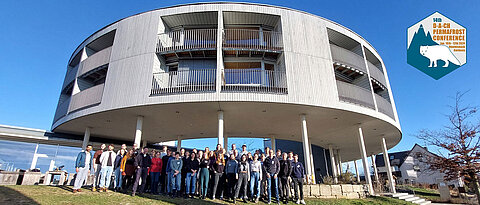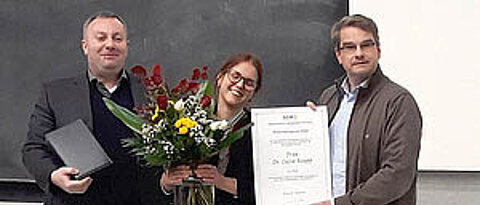EGU24 General Assembly 2024
04/14/2024
We were represented with three contributions at the General Assembly of the European Geosciences Union (EGU24) this year.
more




![[Translate to Englisch:] [Translate to Englisch:]](/fileadmin/_processed_/a/b/csm_t-0990x425_gkl-n-014_ef96a9a3be.jpg)
![[Translate to Englisch:] Poster Klimaforum Mittweida [Translate to Englisch:] Poster Klimaforum Mittweida](/fileadmin/_processed_/1/f/csm_t-0644x913_gkl-n-006b_0a28e9898c.png)
